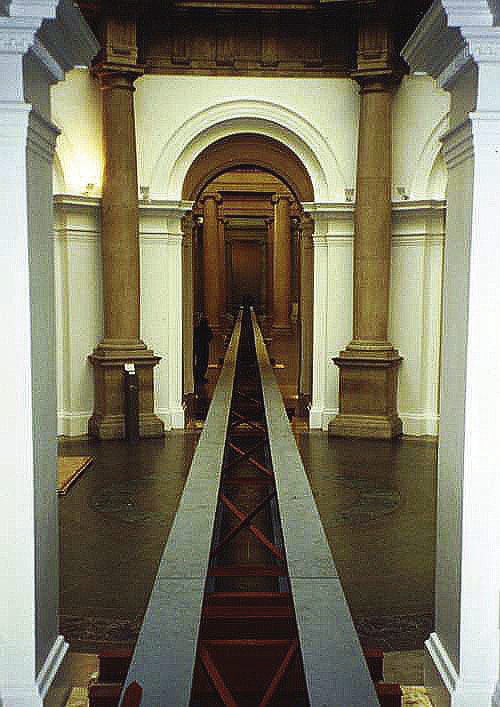News
Letters: January 2005
NSC welcomes letters from readers on steel construction related issues. Please keep your letters brief — the Editor reserves the right to condense.
Ringing in the new
May I on behalf of the Marketing and Membership Services Committee of the BCSA wish the new editorial team of New Steel Construction every success with their new charge. New Steel Construction has proved an increasingly important publication for the structural steelwork industry, giving the opportunity it does for the steel contractor to read a sharply focused account of latest developments affecting his trade, while offering the opportunity to highlight his company’s own achievements.
The success of NSC has undoubtedly been due to the professional skills and talents of the outgoing Editor, John Rawson. The publication itself was still in its infancy when in the early 1990s John took over from Professor David Nethercot who had most successfully launched it. Through John’s considerable journalistic and editorial talents, NSC has developed such that it has became the force it is today. The new team has a strong act to follow, and we in the industry wish you every success with cherishing the old and introducing the new to New Steel Construction. I know the structural steelwork industry would like to thank John for his contribution, and to wish him a happy retirement.
Geoffrey H Taylor, Caunton Engineering,
Chairman, BCSA Marketing and Membership Services Committee
Accoustic innovation
I read with interest the article on No6 Vauxhall Bridge Road. It raised the question in my mind of how this, and other innovative forms of steel construction, could be shown to meet the regulatory requirements of Part ‘E’? Is there any further information available?
Martin Double
CADOSS
by email
The Editor replies: To meet the requirements of Part ‘E’ for new build residential properties two distinct methods are available. The first method uses approved Robust Details (RD) (such as E-FS-1 for composite metal decks), which has been extensively field-tested, and so avoids the need for pre completion testing. It should be noted that every dwelling built using an RD needs to be registered with Robust Detail Ltd and a plot registration fee paid.
The second method is to use pre-completion testing (PCT) where an RD is not specified, and this involves on-site testing of the actual building to prove the acoustic performance. For buildings using innovative construction details such as Vauxhall Bridge Road, PCT would have to be used to prove the acoustic performance.
It should be noted that all forms of construction (including concrete) are subject to the above form of regulation, with no exceptions. The use of an RD only exempts a dwelling from PCT; other forms of residential construction will require PCT to be undertaken.
More information on the above subject can be found in SCI Publication P336 ‘Acoustic Detailing for Multi-Storey Residential Buildings’ or by visiting the following website: www.robustdetails.com
Vibration response
As a grateful beneficiary of support from the SCI with regard to analysis of the vibration response of hospital floors, we write with a structural engineer’s endorsement of the SCI’s Vibrations Consultancy (NSC November/December 2004). The SCI has clearly put many hours and expertise into the furthering of knowledge in this area and we congratulate it on the effort and its results.
Our experience of analysis support from the SCI relates to design of a new Treatment Centre at Chichester’s St Richard’s Hospital (see feature click here). Early on the project looked perfect for a steel frame with composite floors and this type of design proved to be the best solution in terms of meeting the tight construction programme. However, standard guidance, from the NHS Building Specification, necessitated heavy beams and considerable cost to meet allowable vibration response factors.
The re-analysis work carried out by the SCI involved some sophisticated finite element software. This enabled the design to be slimmed down and made feasible in terms of cost. As Paul Devine’s article in NSC explains, numerical modelling of whole floors with more realistic consideration of relative positioning of loading allows a lot of the conservatism to be taken out of the design.
Most impressive from our point of view though, was the simplicity with which the SCI explained the analysis results. Clearly there can be complex vibrations occurring in multi-element structures, caused by dynamic superimposed loadings, but with the SCI’s help, relatively simple checks can now be carried out to help engineers push designs forward while meeting vibration response limits.
Christopher Self
Partner
Gyoury Self Partnership









